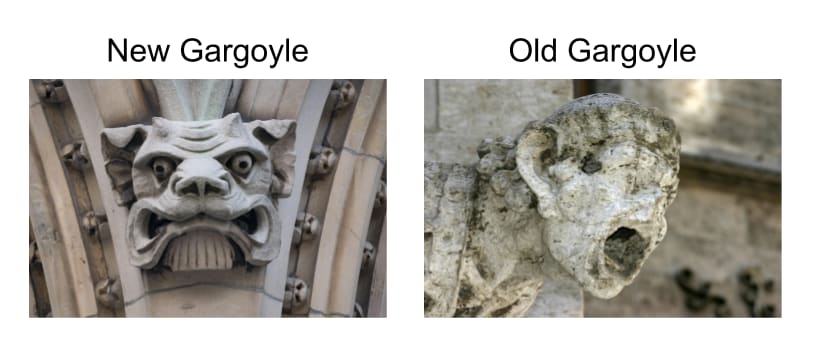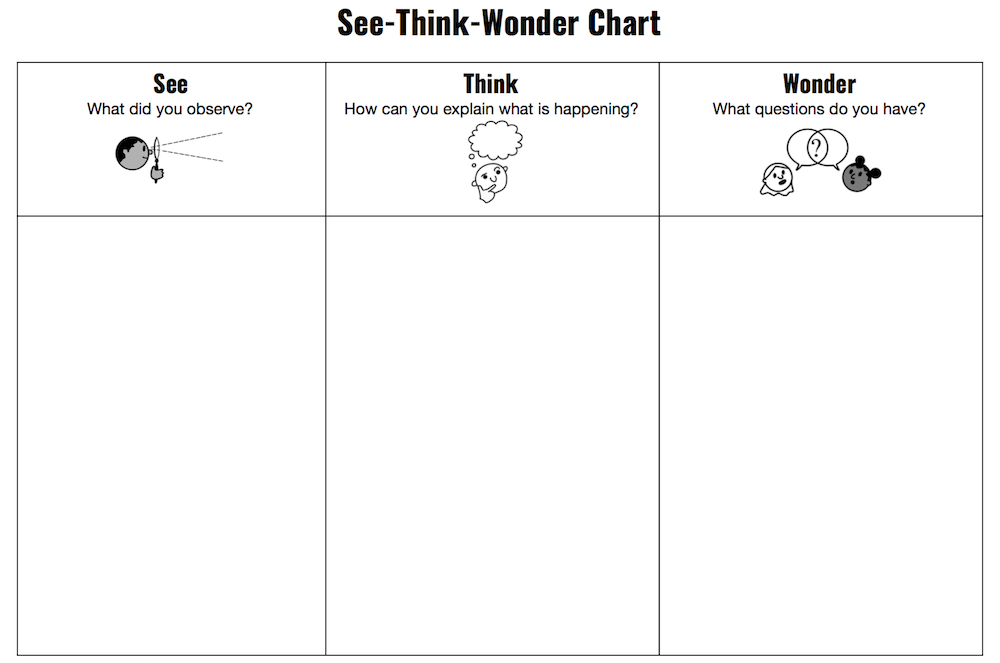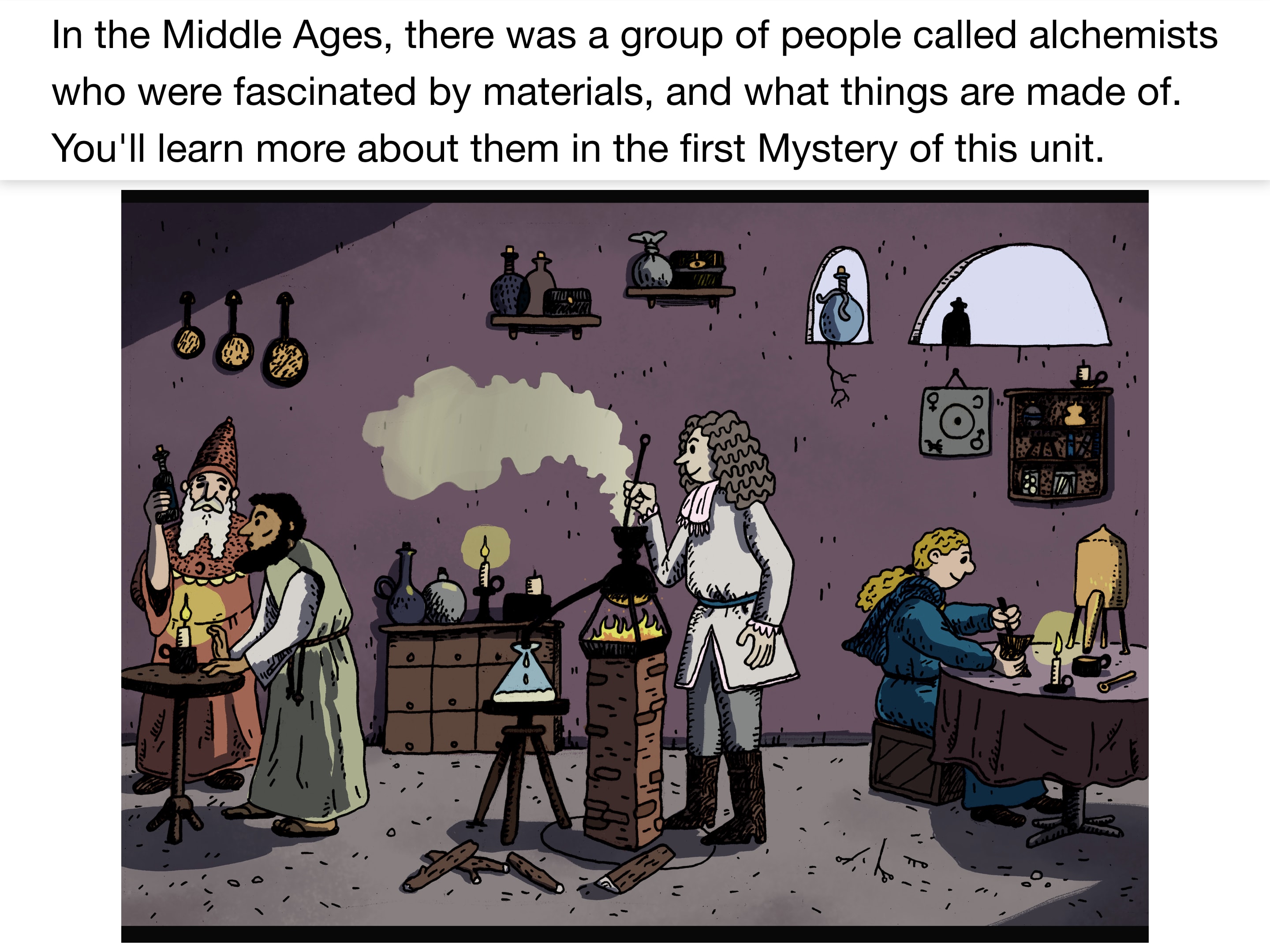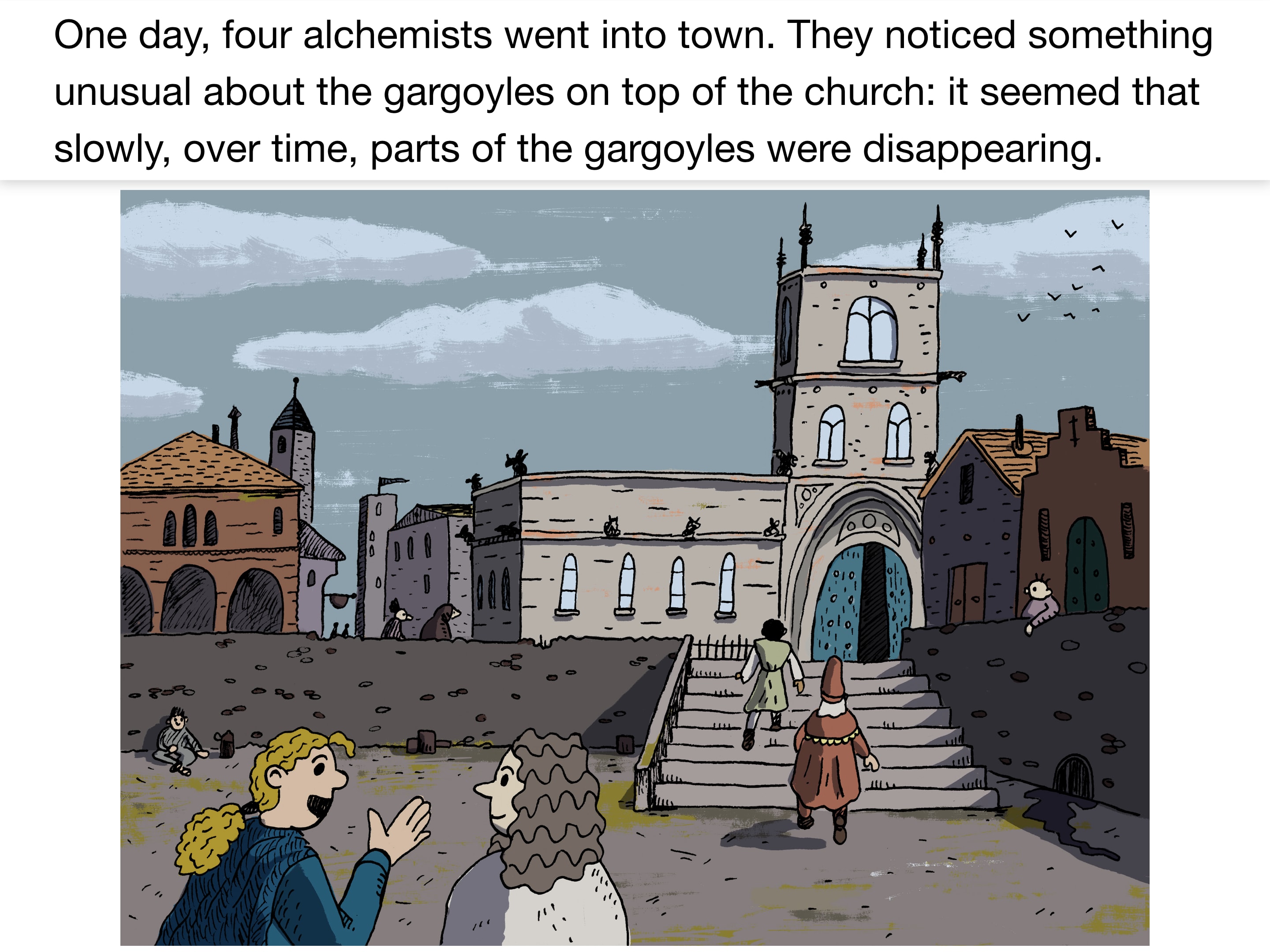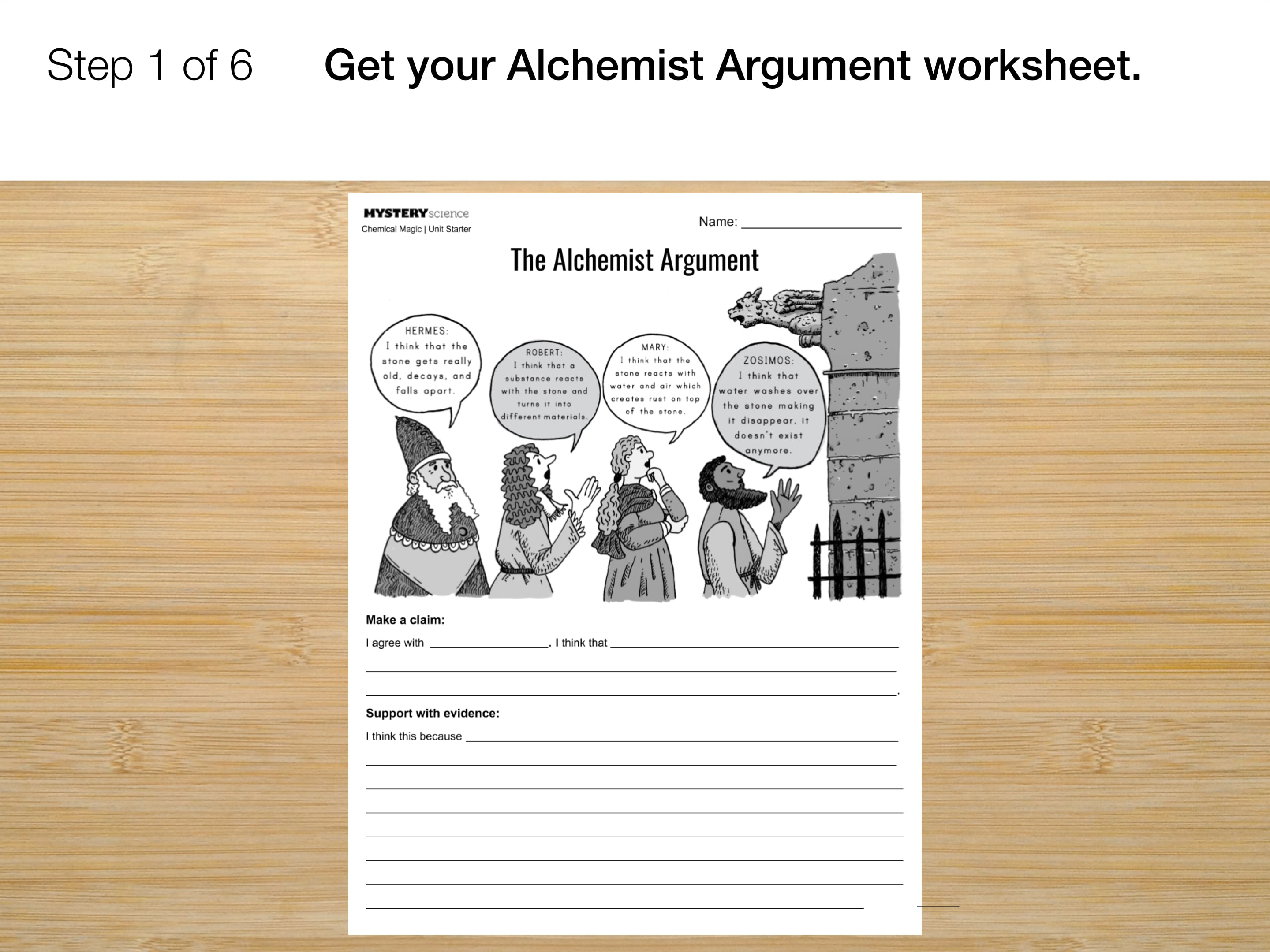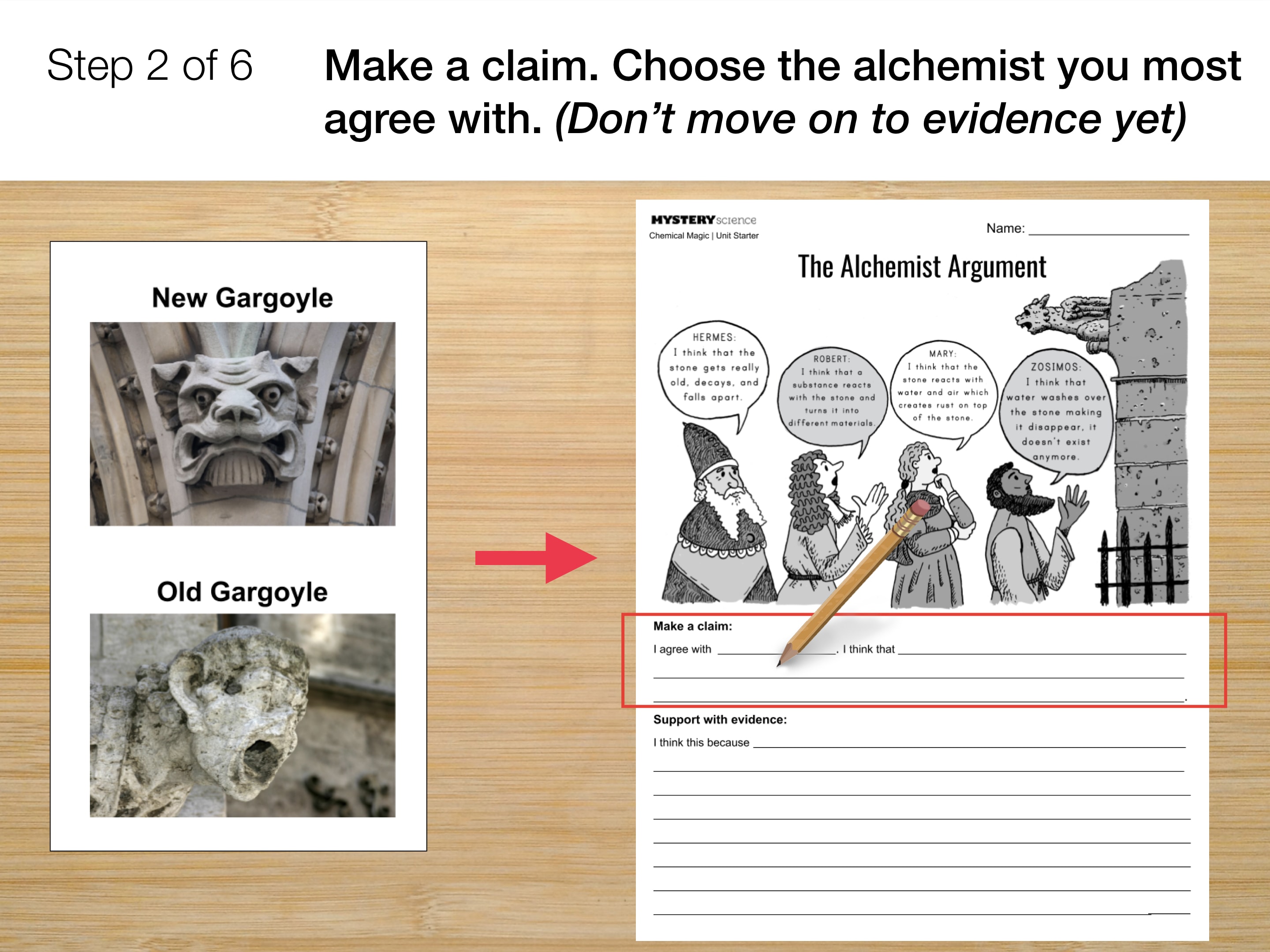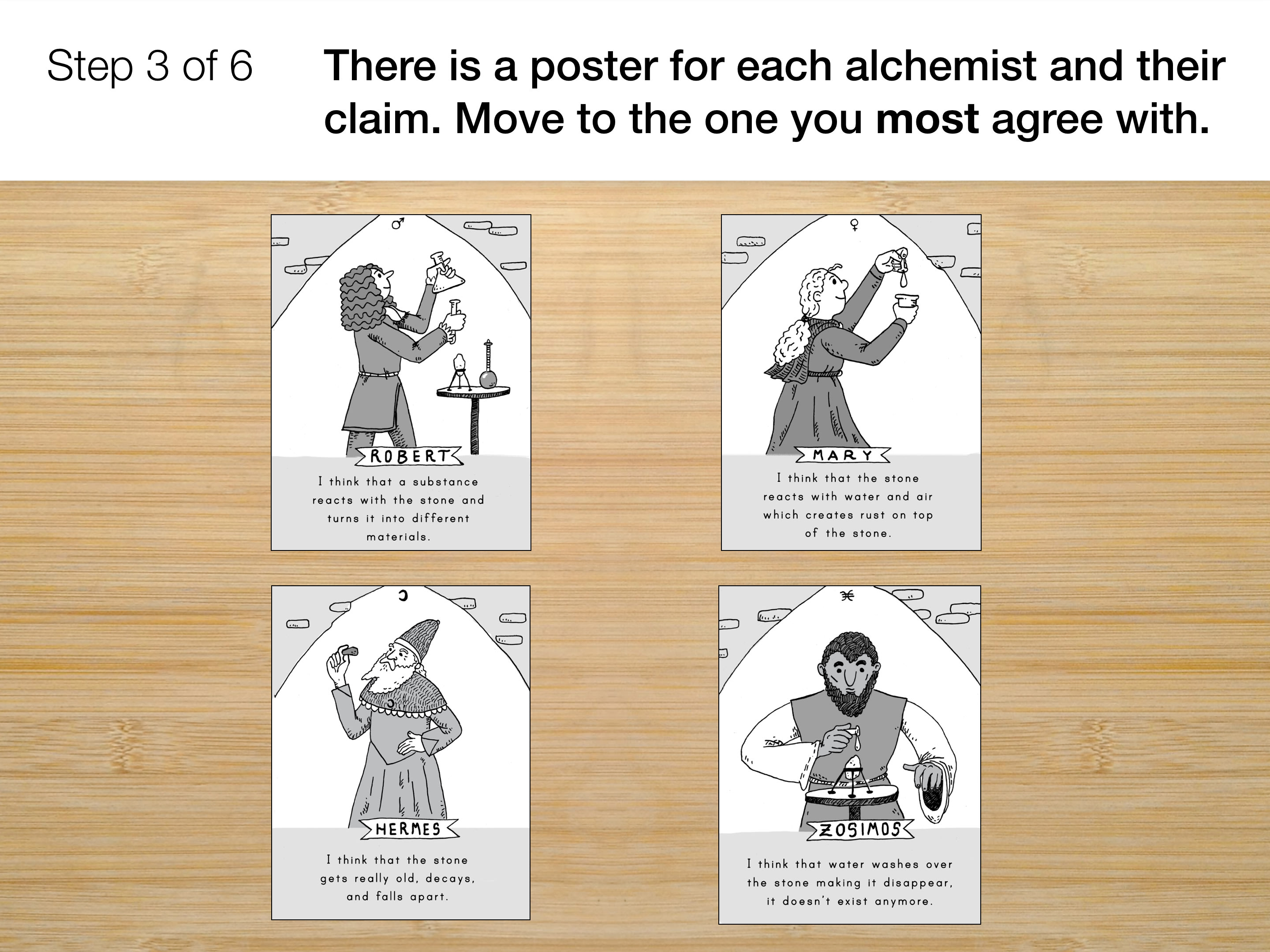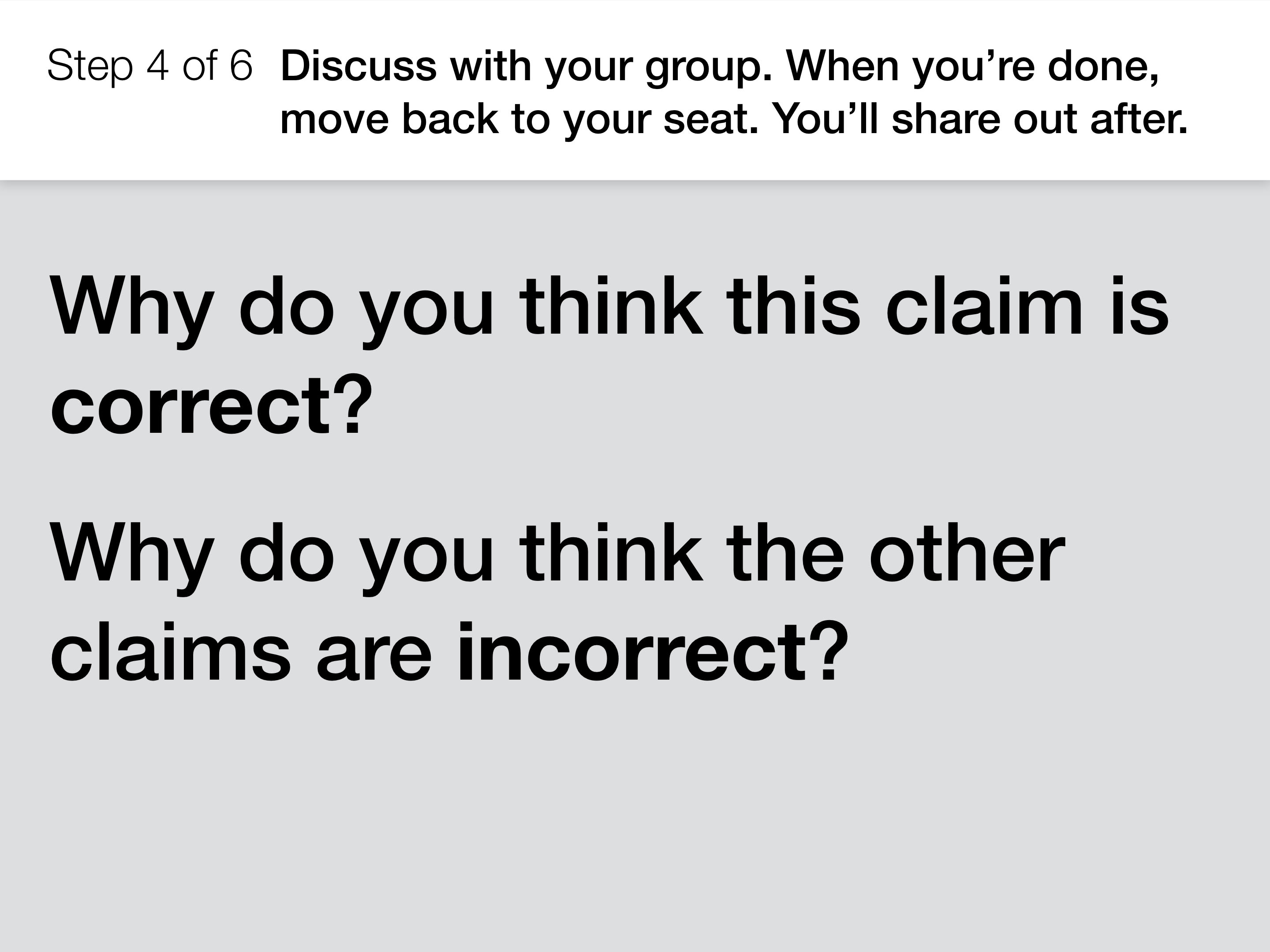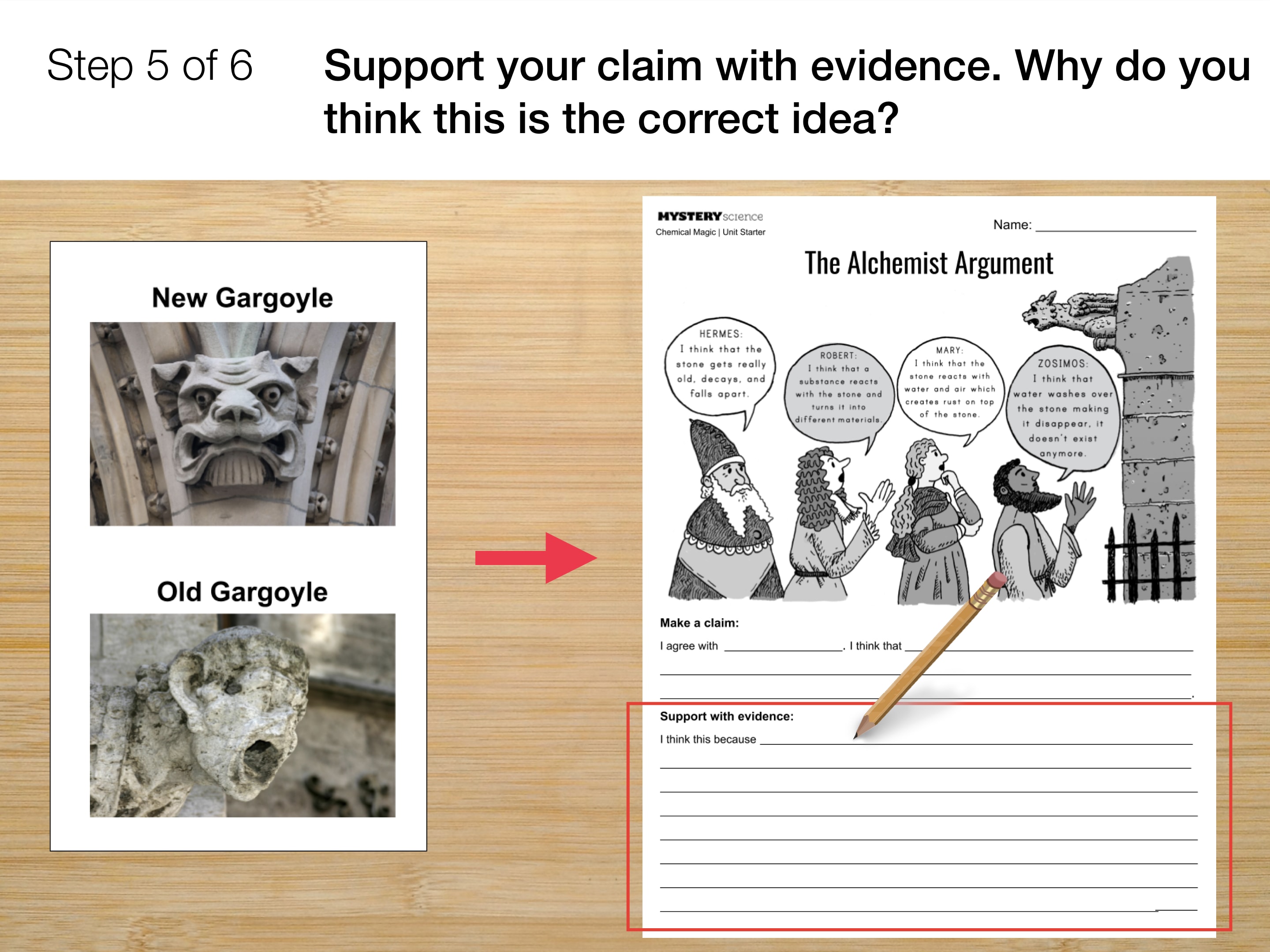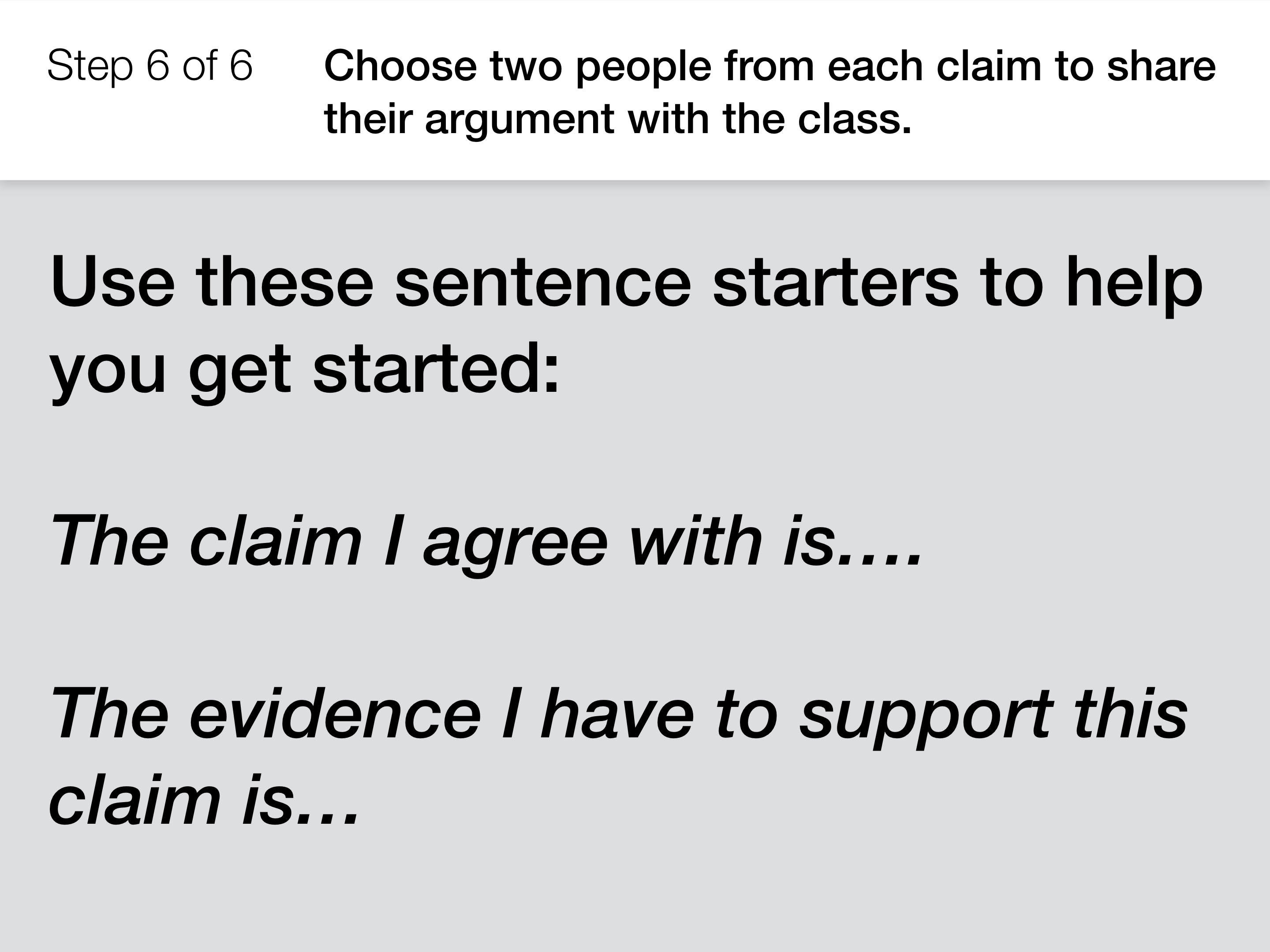Image & Video Credits
Mystery Science respects the intellectual property rights of the owners of visual assets.
We make every effort to use images and videos under appropriate licenses from the owner or by
reaching out to the owner to get explicit permission. If you are the owner of a visual and
believe we are using it without permission, please
contact us—we will reply promptly and make
things right.
Other
Cathedral Notre Dame De Paris by
Image used under license from Shutterstock.com: Viacheslav Lopatin
Gargoyle by
Image used with permission from: Kids.Kiddle.Co
Gargoyle at Christ Church Cathedral by
Image used under license from GettyImages.com: Roberto Machado Noa
Isolated gargoyle Notre Dame Paris by
Image used under license from Shutterstock.com: Ana Menendez
Mythical Creature Gargoyle on Notre Dame by
Image used under license from Shutterstock.com: Zabotnova
Vector Rain Isolated by
Image used under license from Shutterstock.com: Ket4up




